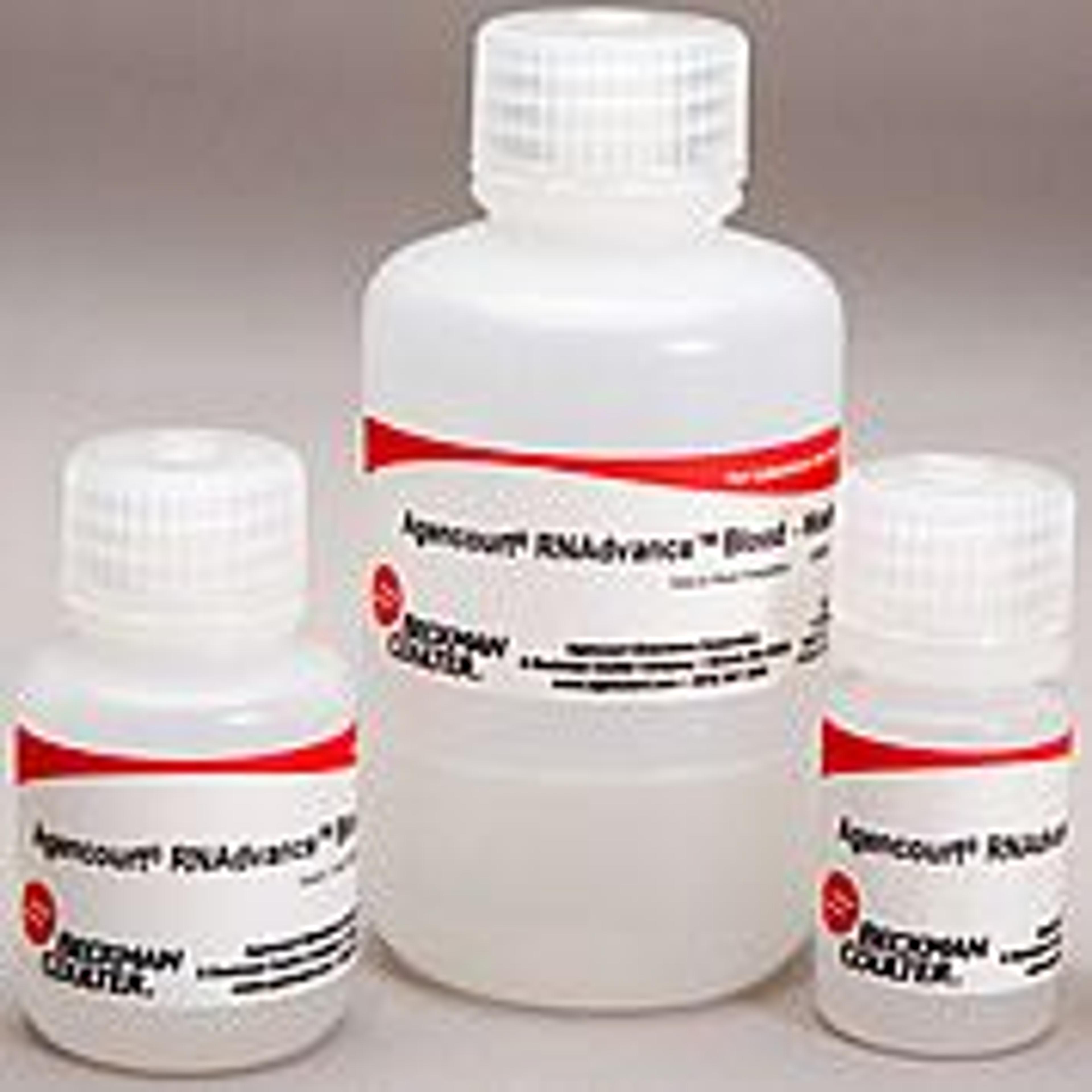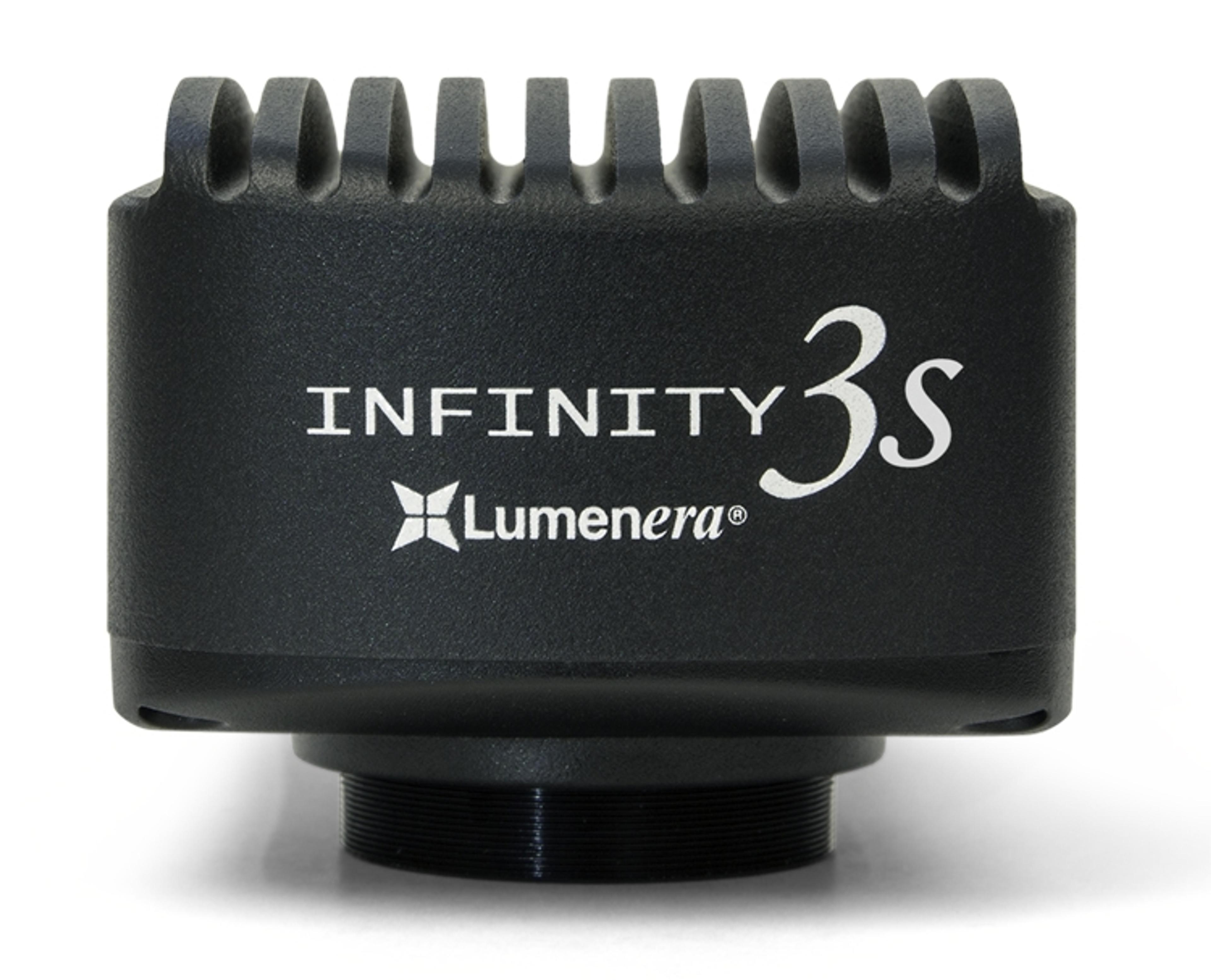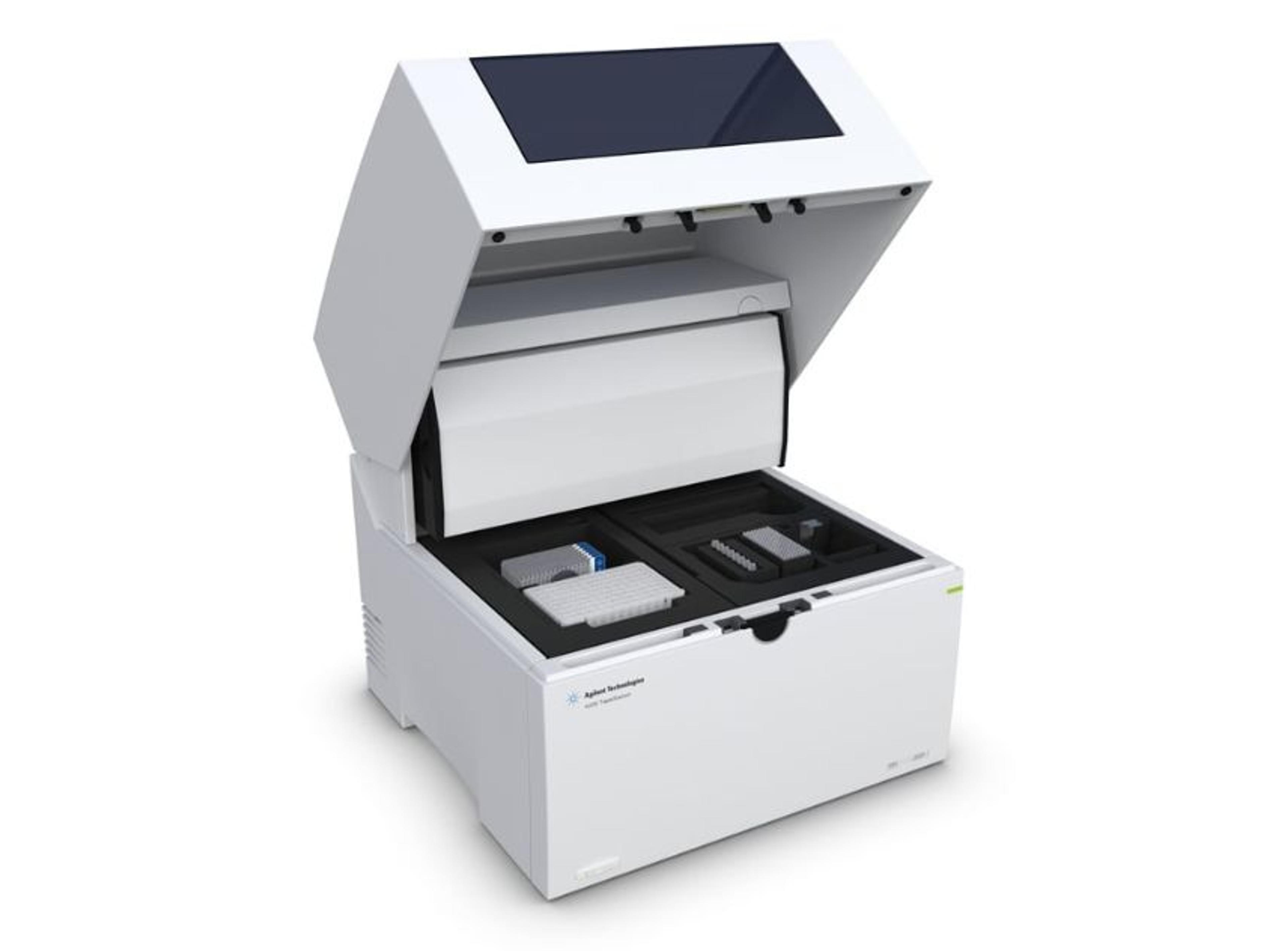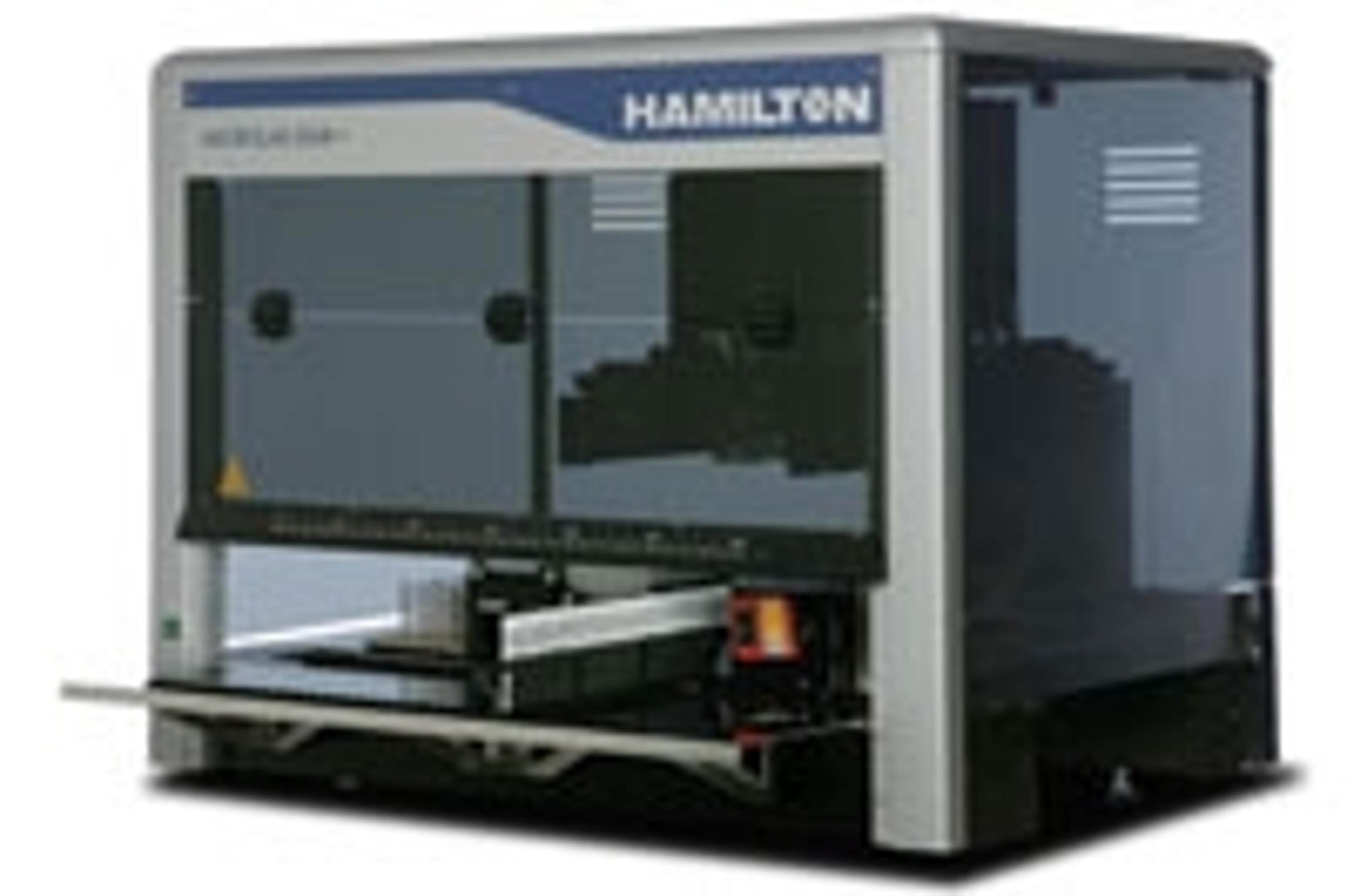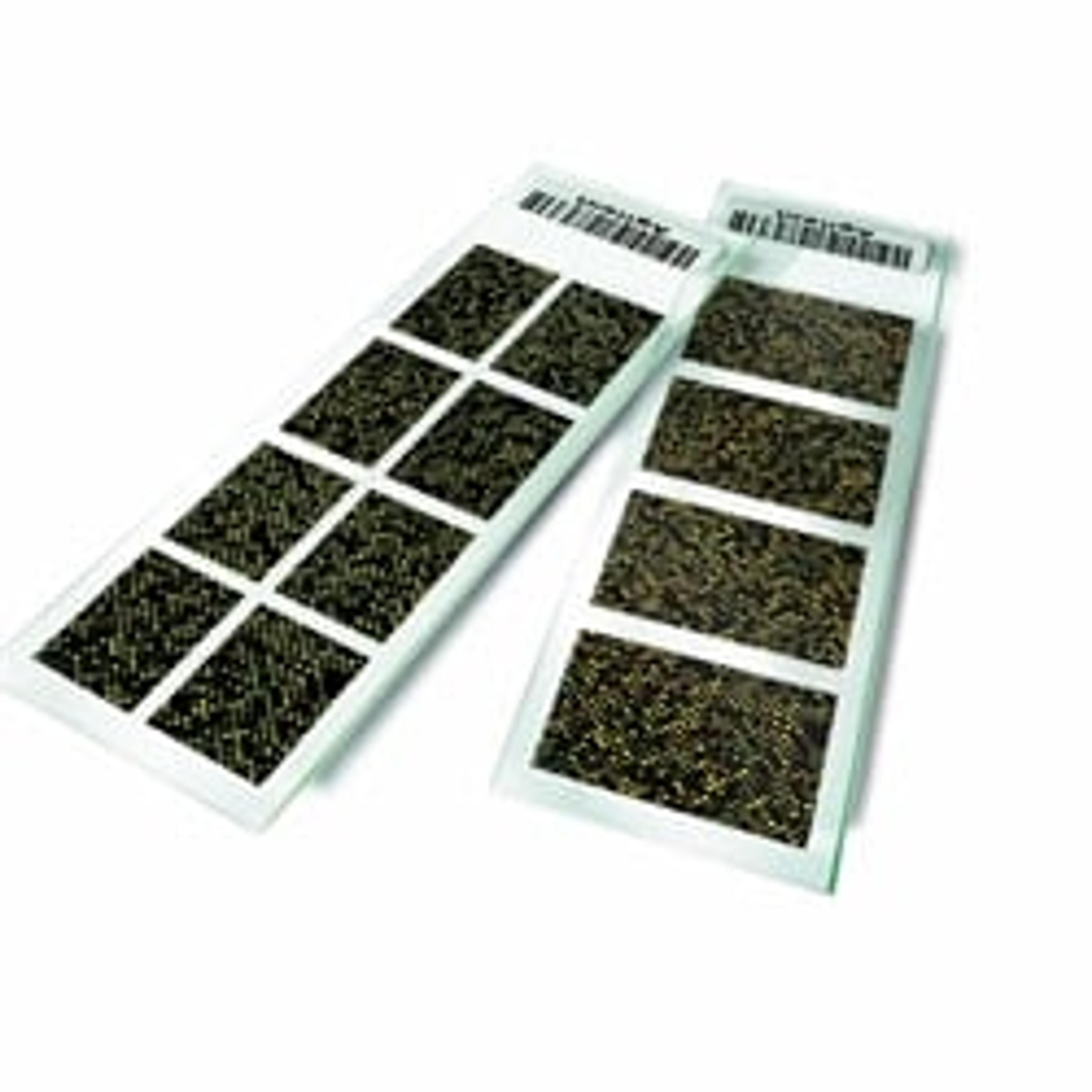Advances in Genetics Automation
Discover the latest technology and methods available in genetics automation
28 Mar 2016
Discover the latest news from the field of Genetics Automation, from technologies and methods to real life applications.
1. From Sample to Insight at the Push of a Button
Use of automated equipment in the lab can reduce workload, improve efficiency and increase accuracy. From sample handling to assay setup to analysis, the range of automated equipment from QIAGEN integrates into the everyday running of your lab. See what equipment will benefit you in this guide from QIAGEN. Download the guide>>
2. Identifying Vietnam War Dead Using PCR Fingerprinting of Damaged DNA
SelectScience® spoke to Professor Dr Wolfgang Höppner, CEO of Bioglobe, about the challenges of collecting and processing degraded DNA. Read interview>>
3. A Complete Next-Generation Sequencing Workflow for Circulating Cell-Free DNA Isolation and Analysis
Applied Biosystems present an NGS workflow for circulating cell free DNA isolation using the MagMAX Cell-Free DNA Isolation Kit. DNA was then amplified with the Ion AmpliSeq™ Cancer Hotspot Panel v2. Download the application note>>
4. Rheonix Develops Fully Automated Microfluidic System that Improves HIV Testing
Rheonix Inc., a developer of fully automated molecular testing solutions, has completed development and testing of a microfluidic system and assay to simultaneously detect host anti-HIV antibodies and viral RNA in a single specimen of saliva or blood. Read more>>
5. Automation of Micro RNA and Total RNA Purification from Plasma
This application note from Beckman Coulter describes the application of RNAdvance Blood Kits and Biomek Span-8 Automated Workstation for miRNA and total RNA purification. Circulating miRNA in the blood has been described as disease biomarkers which could aid in risk assessment, diagnosis, prognosis, and monitoring of treatment response. Download the application note>>
6. Progress in Alzheimer’s Disease Biomarker Identification Using Digital PCR
SelectScience® spoke to Drs. Ramon Trullas and Petar Podlesniy of the Neurobiology Unit at the Institut d’Investigacions Biomediques August Pi i Sunyer (IDIBAPS/CSIC/CIBERNED) in Barcelona about their research into neurodegenerative disease, recently published in collaboration with Drs. Franc Llorens and Inga Zerr at the German Center for Neurodegenerative Diseases in Göttingen. Read interview>>
7. Introducing the New INFINITY3S-1UR from Lumenera
Lumenera introduces the INFINITY3S-1UR, a high-speed, ultra-sensitive research-grade microscopy camera, designed to provide high sensitivity fluorescence and NIR imaging of your cell assays. Read more>>
8. 3D-DIP-Chip: A Microarray-Based Method to Measure Genomic DNA Damage
Agilent Technologies presents a method for DNA Damage Detection DNA ImmunoPrecipitation on microarrays (3D-DIP-ChIP). The method enables genome wide analysis of DNA damage and repair characteristics using UV radiation and cisplatin. Download the application note>>
9. Optimizing Genome Sequencing at The Francis Crick Institute with Agilent’s TapeStation Technology
Dr. Nik Matthews, Ph.D., Head of the Advanced Sequencing Facility at The Francis Crick Institute, describes how his laboratory are using Agilent’s ScreenTape technology to optimize DNA and RNA QC before genome and transcriptome sequencing. Hear how he hopes to use the 4200 TapeStation System to help increase the capacity of the facility. Watch the video>>
10. Genomic STARlet: Reliable Automated Genomic DNA Isolation from Mouse Tails
Hamilton and MACHEREY-NAGEL have developed the Genomic STARlet to isolate DNA from different samples such as cells and tissues using the NucleoSpin® technology. This automated method avoids contamination and leads to increased throughput, while ensuring consistency in tissue processing. Download the application note>>
11.Assessment of Biogazelle’s Workflow in Small RNA Sequencing of RNA Isolated from FFPE Tissues
Learn about Biogazelle's workflow for small RNA sequencing of RNA isolated from FFPE samples. The workflow, starting from 100ng of total RNA, is optimized to tackle the particular challenges associated with analysis of degraded RNA samples. Download the application note>>
Do you use any of the products in this article? Is there a product you couldn't do without? Share your experiences with our worldwide community and write a review today.
Discover more technology and methods on our Genetics Automation Special Feature.
Image: Molecular-Syda Productions/Shutterstock

